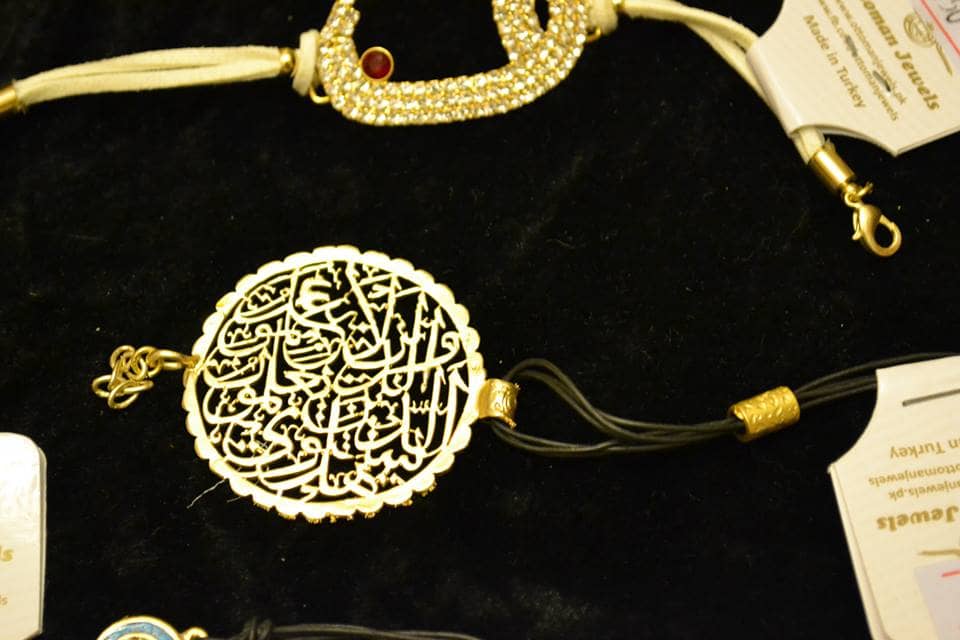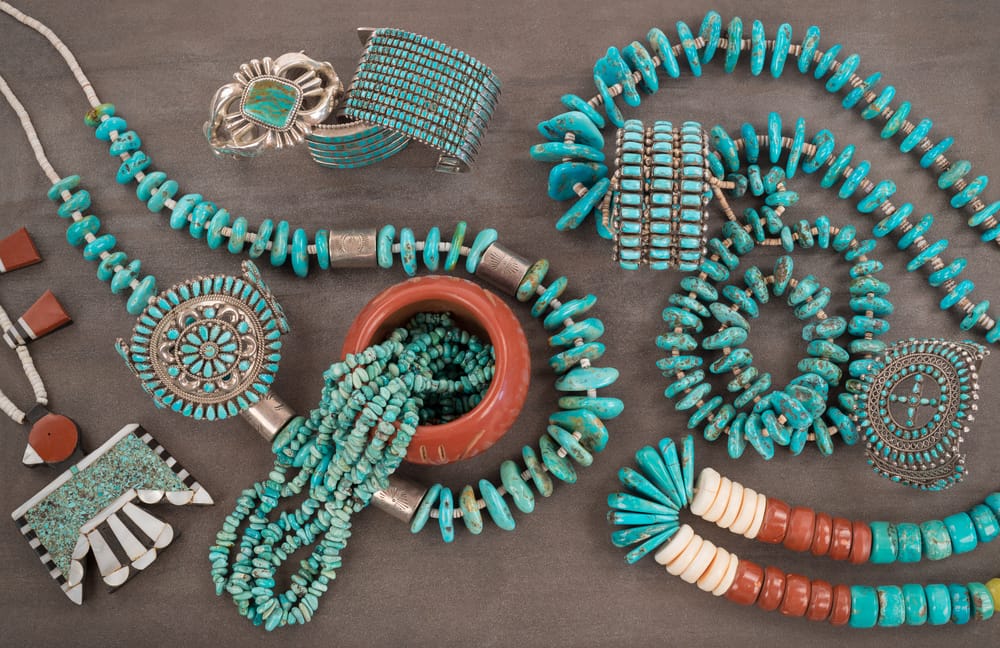Jewelry is a form of self-expression that has been around for thousands of years, and is an important part of many cultures across the world. Have you ever wondered how jewelry is used and interpreted in different cultures? What does jewelry mean to different people? In this article, we will explore the role of jewelry in different cultures and answer these questions.
1. History of Jewelry in Different Cultures
Jewelry has been an important part of many cultures around the world for centuries. Different cultures have used jewelry to signify wealth, social standing, and even religious beliefs. In some cultures, jewelry was also used as a form of currency.
In Ancient Egypt, jewelry was used to show social class and wealth. Jewelry was often made from gold and precious stones, and was decorated with symbols of the gods. Jewelry was also used to show loyalty to the Pharaoh.
In Ancient Greece, jewelry was used to signify wealth and status. Jewelry was often made from gold, silver, and precious stones. Jewelry was also used to show loyalty to the gods, and was decorated with images of them.
In Ancient Rome, jewelry was also used to signify wealth and status. Jewelry was often made from gold and silver, and was decorated with images of gods and goddesses. Jewelry was also used as a form of currency.
In India, jewelry has been used for centuries to signify wealth and status. Jewelry was often made from gold and silver, and was decorated with religious symbols. Jewelry was also used to show loyalty to the gods.
In Native American cultures, jewelry was used to signify wealth and status. Jewelry was often made from turquoise, shells, and feathers, and was decorated with symbols of the gods. Jewelry was also used to show loyalty to the tribe.
Jewelry has been used for centuries in many cultures
2. Types of Jewelry Worn in Different Cultures
Jewelry has a unique role in different cultures. It is used to celebrate special occasions, express religious beliefs, and even as a form of currency. Different cultures have their own unique types of jewelry.
In India, a common type of jewelry is the mangalsutra, which is a necklace worn by married women. It is often made of gold and is adorned with precious stones such as diamonds. Additionally, nose rings are a popular form of jewelry for both men and women in India.
In China, jade jewelry is a popular choice. Jade is believed to bring good luck and prosperity, so it is often given as a gift. Chinese men also wear jade rings as a sign of wealth and status.
In the Middle East, traditional jewelry is worn for special occasions such as weddings and religious holidays. Traditionally, women wore intricate necklaces, earrings, and bracelets made of gold and adorned with precious stones. Men often wore rings and bracelets made of silver or gold.</p
3. Symbolism of Jewelry in Different Cultures
Jewelry has been a part of culture for centuries, and certain pieces often carry a deeper meaning. Different cultures have their own symbolism for jewelry, and understanding this can help us appreciate its significance.
In ancient Egypt, jewelry was an important way of expressing wealth and power. Pharaohs and high-ranking officials wore intricate necklaces, bracelets, and rings as a sign of their status. Jewelry was also believed to protect the wearer from evil spirits.
In Hinduism, jewelry is an important part of the culture and is often worn to signify different deities. For example, the Bindi is a dot worn on the forehead, which is a sign of respect for the third eye.
In Judaism, jewelry is often used to represent the covenant between God and the Jewish people. For example, men often wear a ring on their right hand to signify this covenant.
In Islamic culture, jewelry is worn to signify faith and devotion. Men often wear a ring on their right hand to signify their faith in God. Women often wear a head covering, or hijab, as a sign of modesty.

In Chinese culture, jewelry is often used to represent luck and prosperity. Jade is a popular stone, as it is believed to bring good luck and protection from evil spirits.
Jewelry can be a powerful symbol of culture and faith. Understanding the symbolism of jewelry in different cultures can help us appreciate its significance and the role it
4. Religious Significance of Jewelry in Different Cultures
In many cultures, jewelry has a religious or spiritual significance. From ancient times, jewelry has been used to represent faith, devotion, and protection. In Hinduism, for example, it is believed that wearing certain items of jewelry can bring the wearer luck and prosperity. In Buddhism, jewelry is often used as a reminder of Buddhist teachings and symbols. In Christianity, jewelry is often used to represent a devotion to God or to remember a special occasion.
In Judaism, jewelry is often used to signify a commitment to God. This is especially true with the traditional Jewish wedding ring. In Islam, jewelry is often used to symbolize devotion to Allah and to represent devotion to family and faith. In many cultures, jewelry is also used to ward off evil spirits. In some Native American tribes, jewelry is believed to bring good luck and protection.
In addition to its religious or spiritual significance, jewelry is also used as a form of self-expression in many cultures. From African tribal jewelry to the ornate jewelry of the Middle East, jewelry often reflects the culture and values of the wearer. For many people, jewelry is a way to express their individual style and to make a statement about who they are.
Jewelry can also be used to commemorate important events. In some cultures, jewelry is given as a symbol of love or friendship. In others, jewelry is given to mark special occasions such as weddings or graduations. Whatever its purpose, jewelry has held a special place in many cultures for centuries.

5. Gender Differences in Jewelry in Different Cultures
Gender differences in jewelry are prevalent in different cultures around the world. In some cultures, men wear more jewelry than women, while in others, it is the opposite. For example, in Ancient Egypt, men and women both wore jewelry, but men’s jewelry tended to be more elaborate and made from precious materials like gold and silver. Women’s jewelry was also made from precious materials, but it was often more delicate and intricate in design.
In some African cultures, men wear more jewelry than women as a symbol of wealth and status. In contrast, in Indian culture, women wear more jewelry than men, and it is seen as a symbol of femininity and beauty. In Western cultures, jewelry is often seen as a fashion accessory, and both men and women wear it to express their personal style.
It is interesting to note that some cultures have specific jewelry designs that are only worn by men or women. For example, in Japan, men wear a specific type of necklace called a ‘goin’ which is made from silk or cotton. Women, on the other hand, wear a necklace called a ‘saikuron’ which is made from gold or silver.
Overall, jewelry plays an important role in different cultures around the world and is often used to express one’s identity, status, and personal style.
6. Jewelry as a Status Symbol in Different Cultures
Jewelry has long been used by cultures around the world as a status symbol. Different cultures have different ways of expressing status through jewelry. In some cultures, jewelry is used to denote wealth or power, while in others it is used to signify religious or spiritual beliefs.
In India, gold jewelry is often used to show the wealth and social standing of a person. Gold jewelry is also used in many weddings and ceremonies as a symbol of good luck and prosperity. In China, jade jewelry is often used as a status symbol, as jade is believed to bring good luck and health. In Japan, samurai warriors wore swords and other symbols of their status.
In many Native American cultures, jewelry was used to show a person’s rank and status. For example, in the Pawnee tribe, necklaces were used to indicate a person’s rank. In the Hopi tribe, jewelry was used to show a person’s relationship to their clan. In African cultures, jewelry was often used to show a person’s wealth, power, and status.
Jewelry is still used today as a way to show social status. In some cultures, jewelry is used to signify wealth and power, while in others it is used to symbolize religious or spiritual beliefs. No matter the culture, jewelry is often used as a way to show social standing.

Conclusion
Jewelry has been a significant aspect of human culture for millennia, serving as a form of self-expression, status symbol, and religious significance across various societies. Different cultures have unique interpretations and uses for jewelry, reflecting their values, beliefs, and traditions. In ancient civilizations like Egypt, Greece, and Rome, jewelry denoted wealth, power, and devotion to deities. In India, jewelry signifies wealth, femininity, and religious beliefs, while in China, jade jewelry is cherished for its supposed luck-bringing properties.
In many cultures, jewelry also holds spiritual and religious significance, symbolizing faith, devotion, and protection. Gender differences in jewelry are evident across cultures, with specific designs and types exclusive to men or women. Today, while the materials and designs have evolved, the essence of jewelry as a reflection of one’s identity, status, and personal style remains consistent. This article underscores the rich tapestry of cultural interpretations and significance of jewelry, highlighting its enduring role in human history and society.
